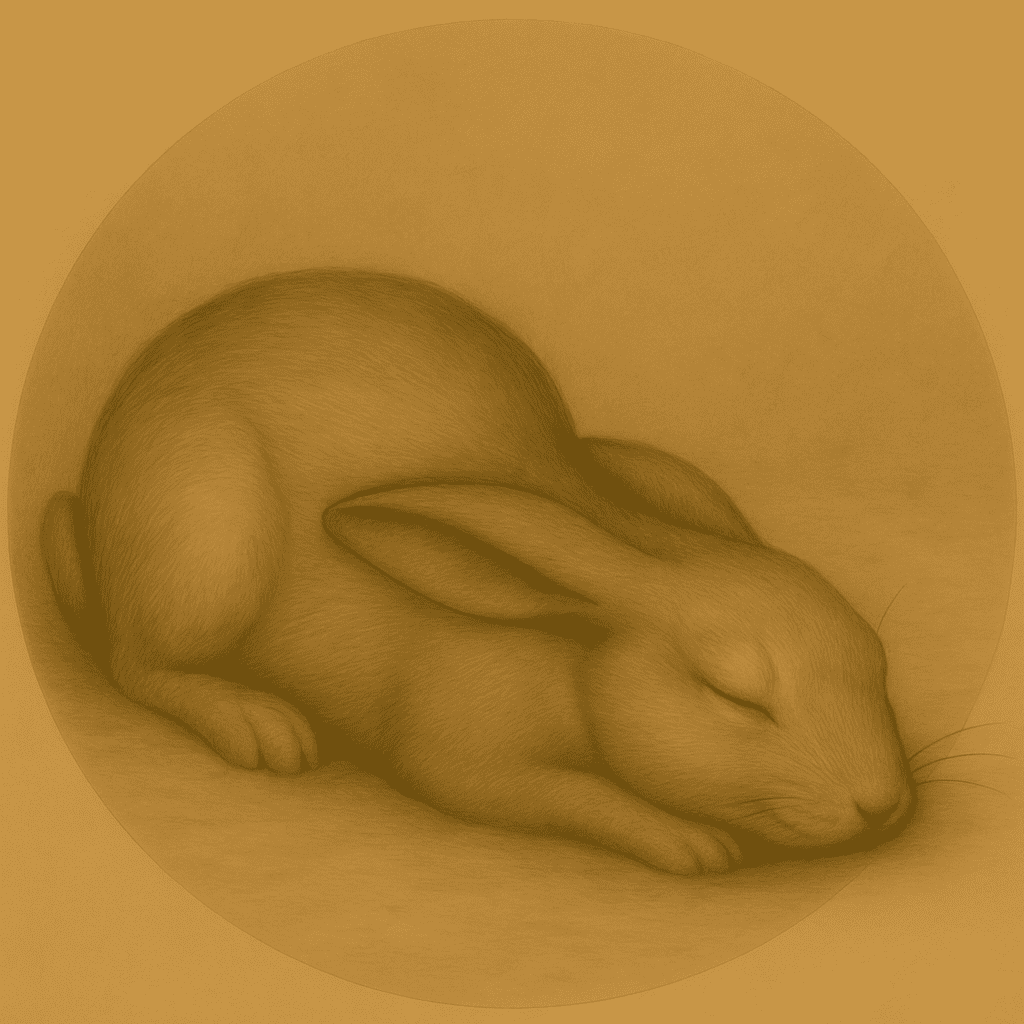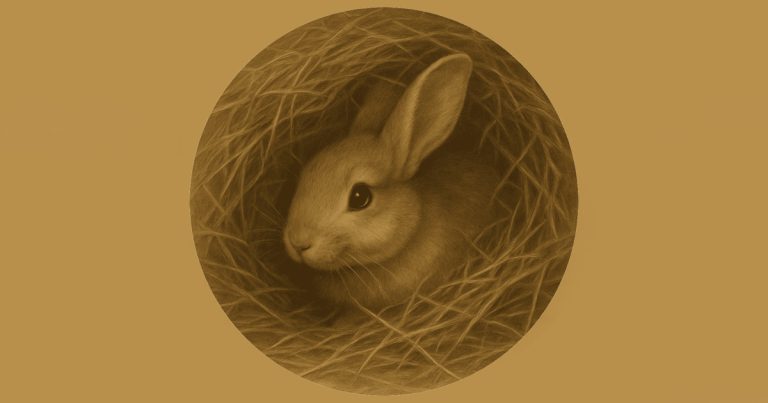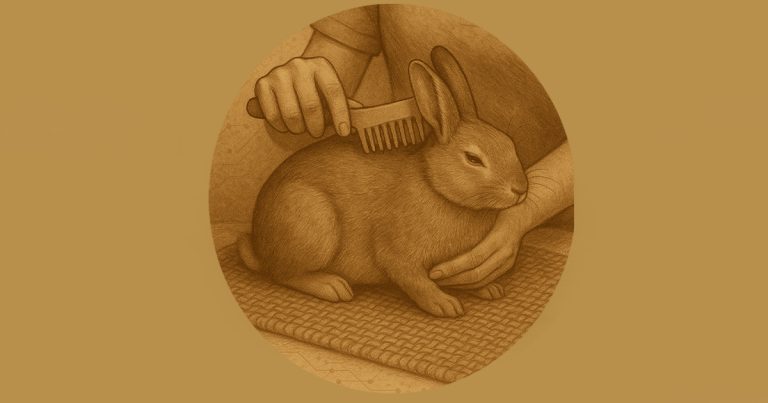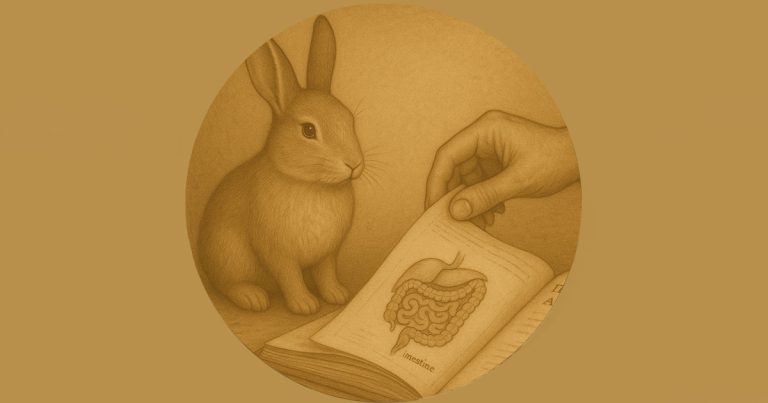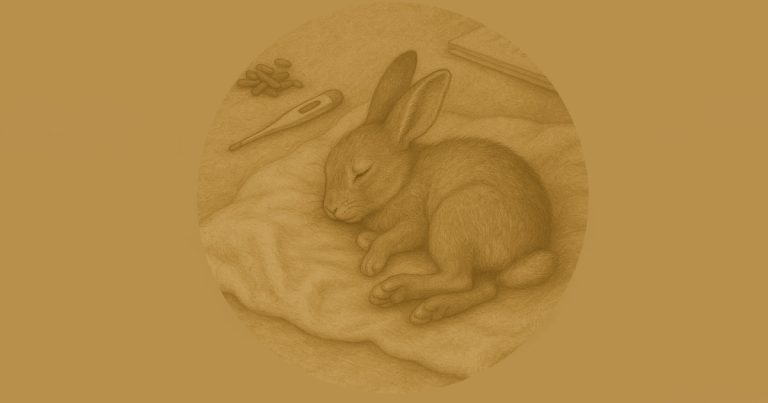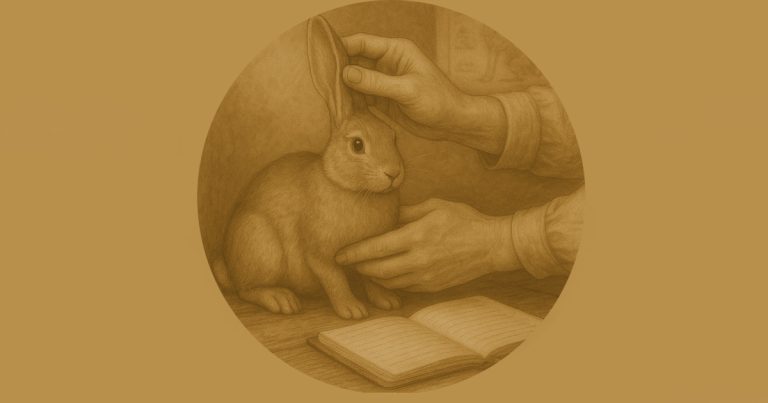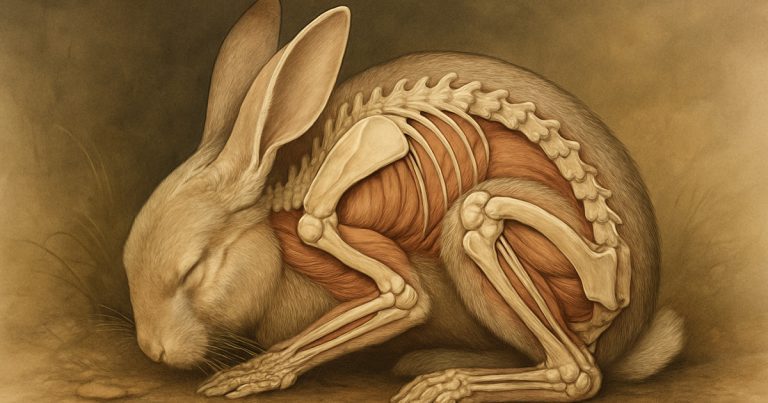The Signal — Reading Rabbit Body Language
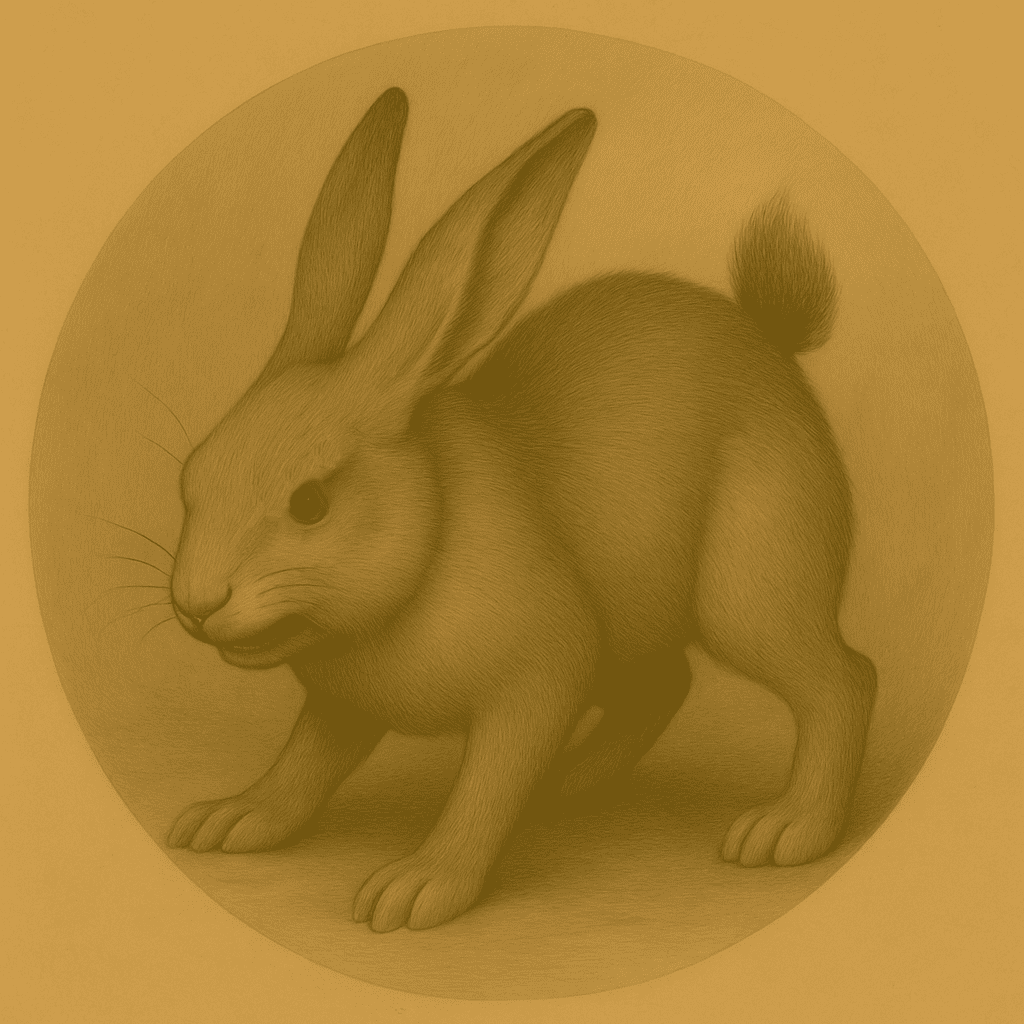
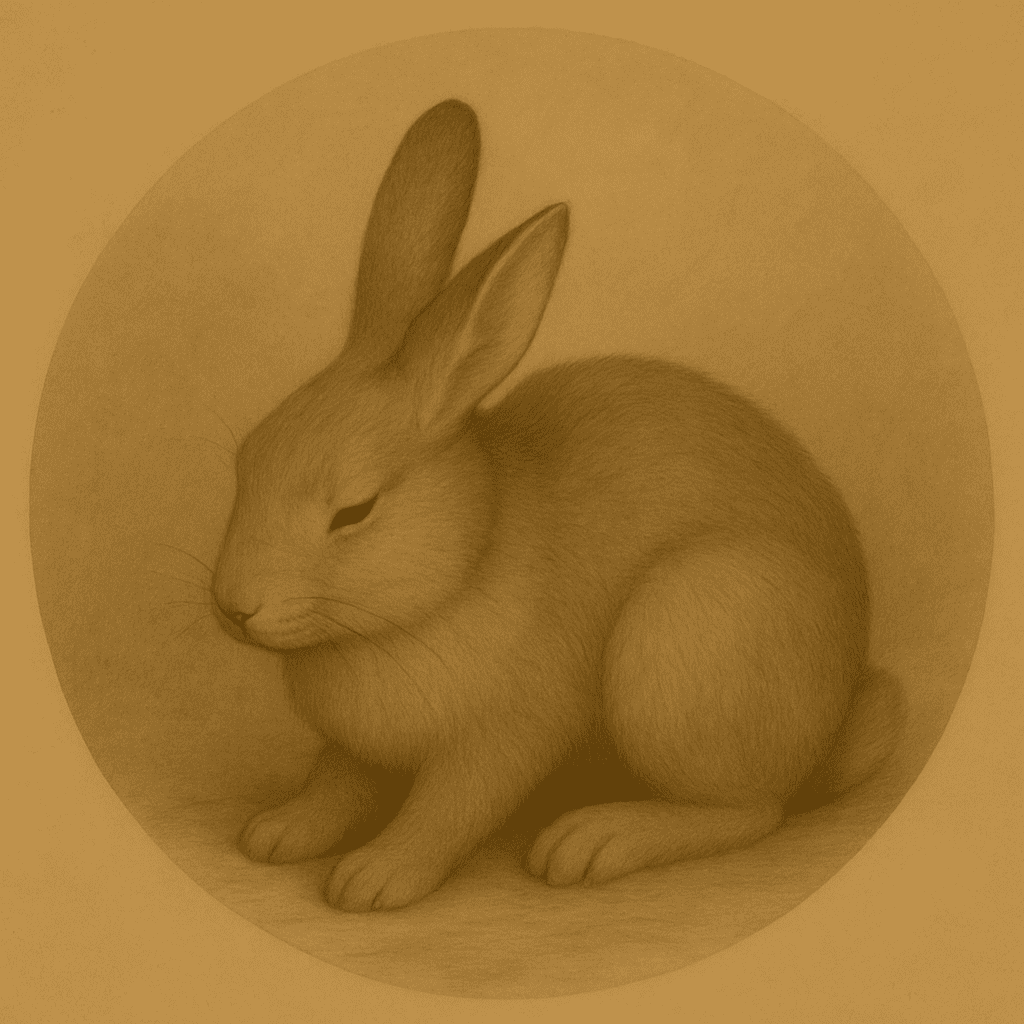
The Signal — Reading Rabbit Body Language
We’re all familiar with dogs. Different barks, different postures, the happy yelp, the warning growl, the low rumble that makes you step back. Cats the same. They’ve got a whole set of signals for each other, and then they twist them for us, meows they’d never waste on another cat, but constant for human ears.
Rabbits are no different. They’ve got a language all of their own. It isn’t loud, and it isn’t obvious, but it’s there. The mistake people make is thinking silence means nothing. In truth, they’re talking all the time, you just have to learn how to listen.
The body
A relaxed rabbit is loose, heavy, breathing slow. They’ll sprawl, flop, or loaf with paws tucked under, every line saying “I’m safe here.” An unsettled rabbit turns to stone. Back tight, muscles braced, weight carried high. That shift from slack to taut is the first and clearest signal.
The ears
Mood antennas. Neutral when resting, forward when alert, slammed back when fear or aggression takes hold. With lops you read it in the base and skull rather than the tips. Ignore pinned ears and you’ll pay in scratches.
The eyes
Half shut in comfort, wide with whites showing in alarm. A squint is pain until proved otherwise. Owners call it cute, it usually isn’t.
The tail
Often dismissed as fluff, but one of the loudest signals they’ve got.
The banner: when the body locks and the tail stands bolt upright like a flagpole, that’s defiance. The last warning before the lunge or spray.
The flicker: when the body is loose and the tail flicks sharp and quick, it’s play or courtship. You’ll see it with binkies, chases, testing each other. Same tail, two meanings. Muscle tone tells you which.
The head
One of the most useful tells.
Submission: body tight, ears back, head pressed low to the ground. It’s a rabbit yielding, usually to another rabbit. “I’m not challenging.”
Demand: body loose, head pushed forward and down, often right under your hand. That’s a rabbit insisting on attention. Not asking, telling. Groom me, get on with it.
The smaller tells
Gentle tooth grinding is contentment. Harsh grinding is pain. A hind leg thump is alarm, not drama. A nose nudge might be affection, or it might be “shift.” The body around it gives you the answer.
Reading, then teaching
When you step into a rabbit’s enclosure, look for the tells. They’re all there, if you bother to see them. And once you can read them, you can teach. Respond to the lowered head with a calm hand, and the rabbit learns that submission brings grooming, not threat. Step back from rigid posture and the rabbit learns you respect its warning. Over time, what began as instinct becomes a shared ritual.
That’s how you know you’re not just keeping rabbits alive, you’re in conversation with them.
Teaching Through the Hand
With aggressive or defensive rabbits, you cannot rush in. They have already decided the world is a threat, and every muscle in their body is ready to prove it. Go straight for contact and you will confirm their fear.
We start simple. Hand raised, palm forward, a clear stop sign. At first it means nothing to them, but it is a shape they understand, a presence, upright, steady. If the rabbit moves away, we do the same again. Over time the signal becomes familiar. The rabbit learns the raised hand is not an attack but a boundary. It is a kind of dominance, yes, but calm and predictable.
The change comes when the rabbit chooses to stop. The body loosens, the head lowers. That is the first real conversation. We answer with a gentle rub between the ears, then step back and leave them be. No grabbing, no forcing. Just signal, response, respect.
It can take weeks. Sometimes months. But the pattern holds. The hand up becomes a language they can trust. When I lower my head, I get grooming not harm. The day a once aggressive rabbit drops its head under your raised palm is the day you know you have broken through.
